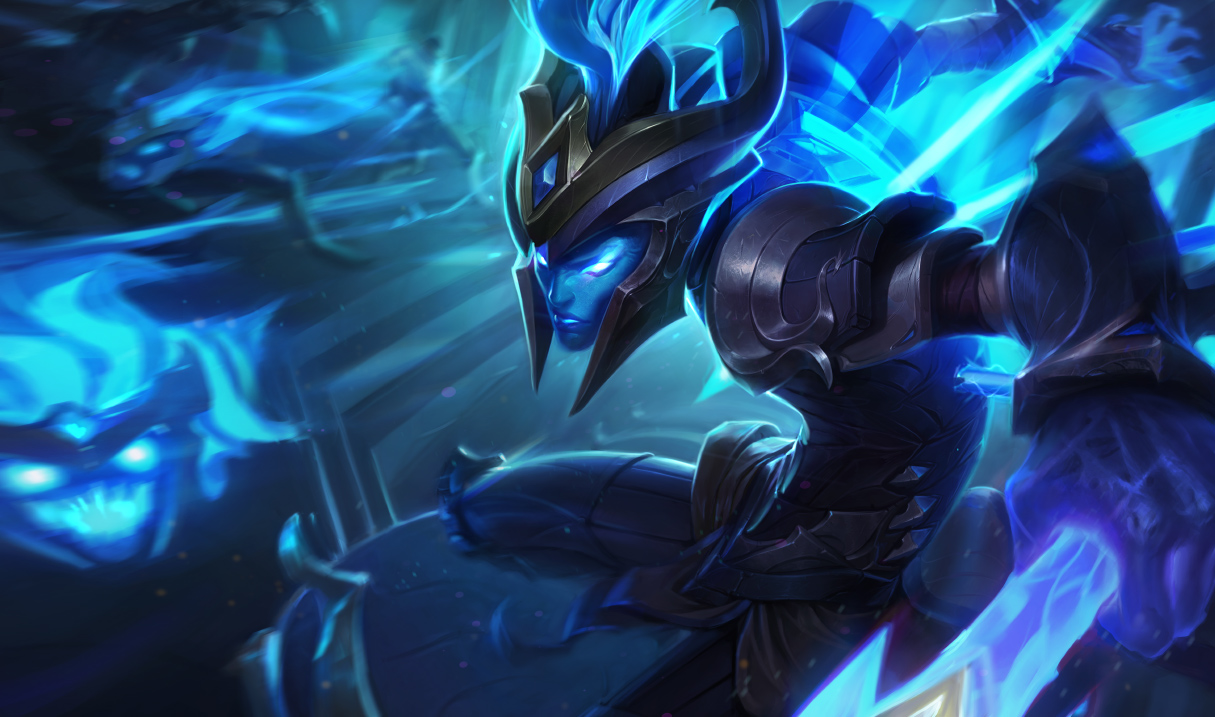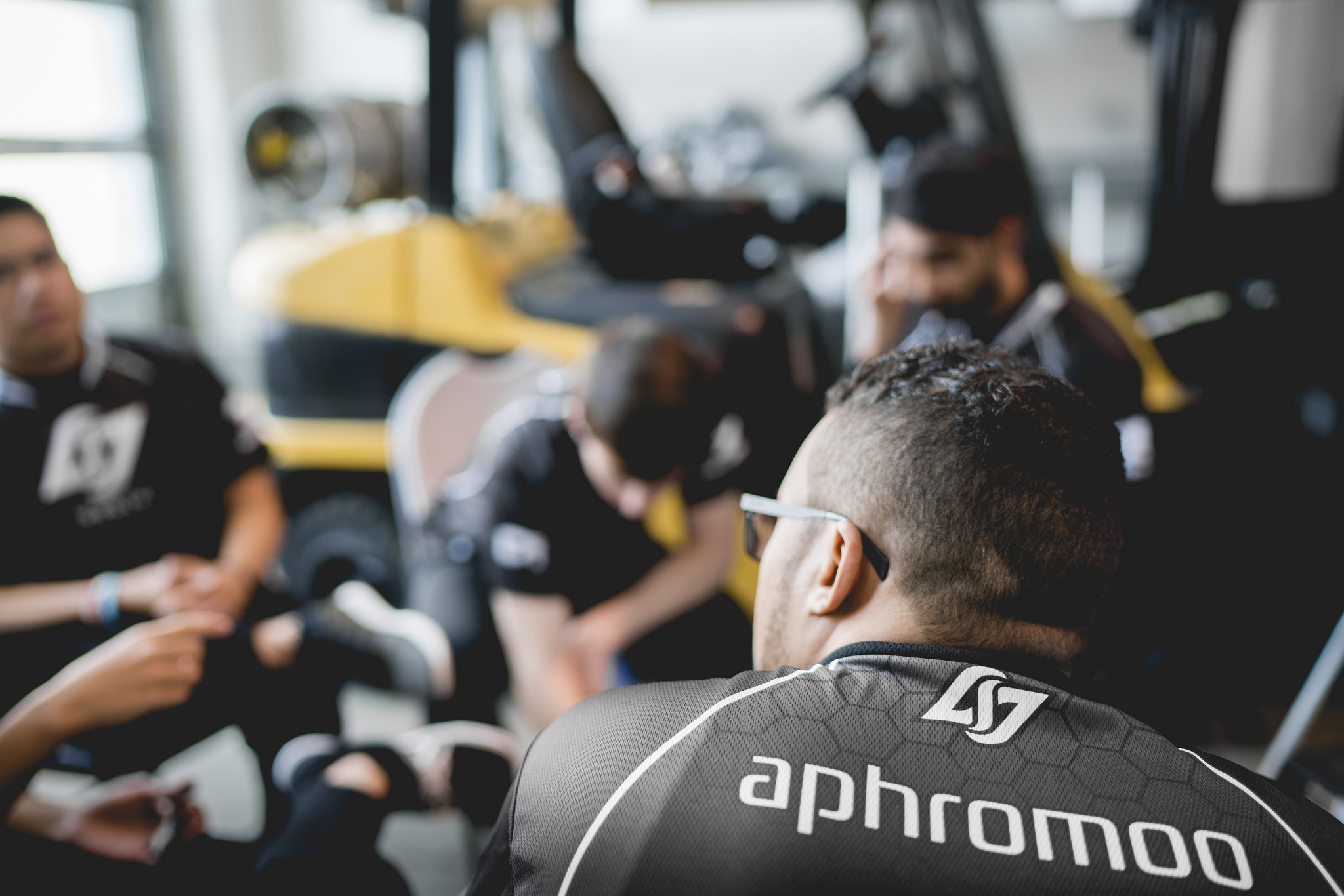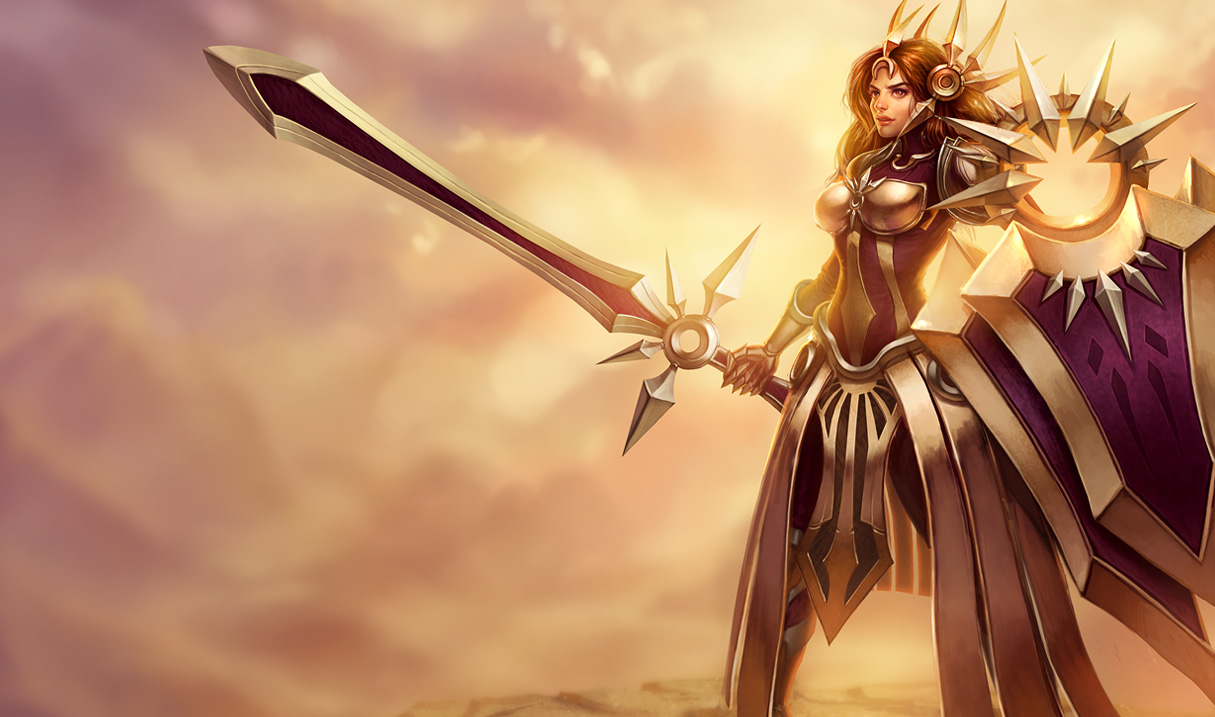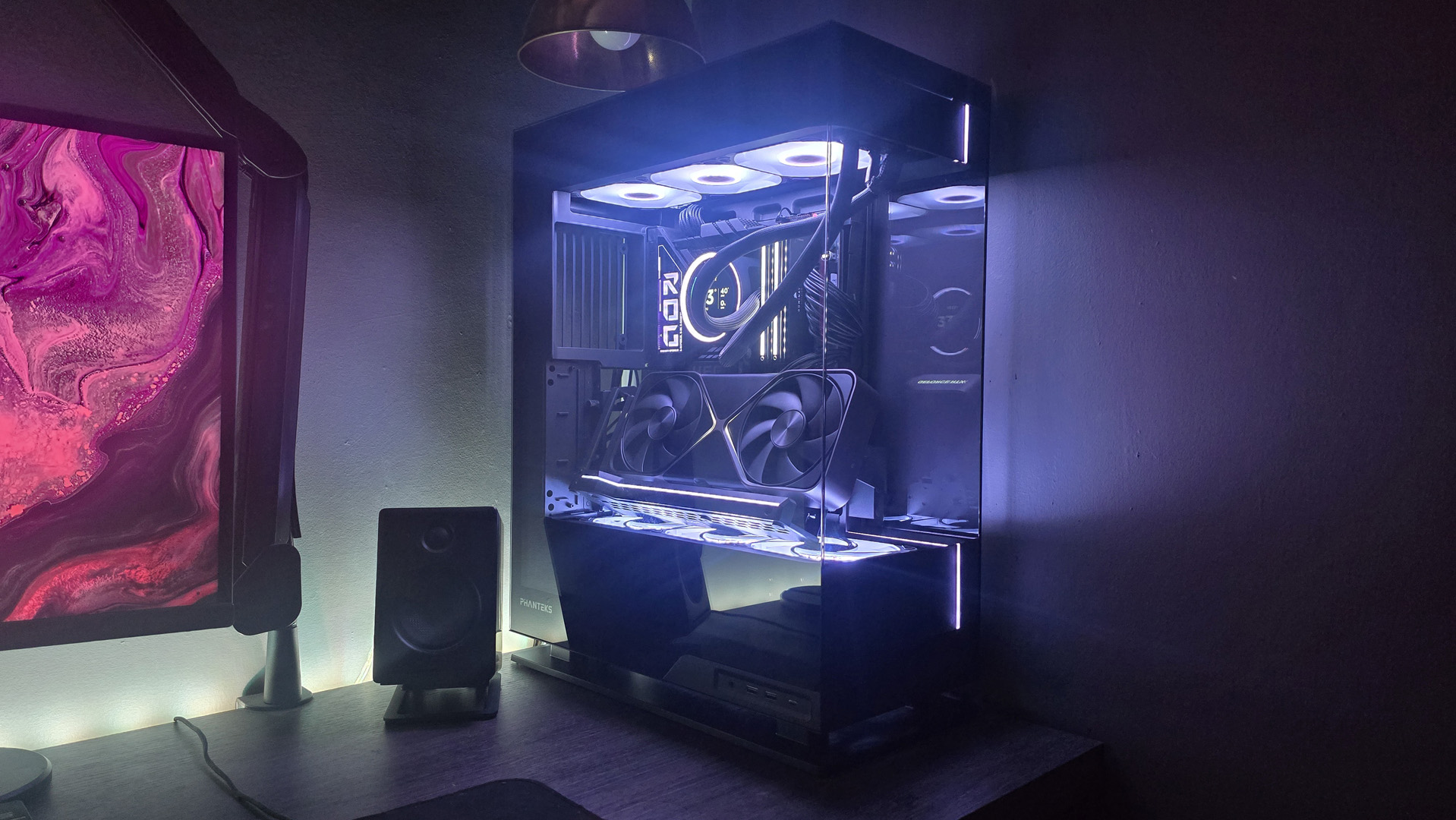Assessing the impact of League of Legends' new ban system
Changes to picks and bans promise a very different LCS.

While League of Legends has evolved over the years, one thing has remained relatively steady: the picks and bans system. Sure, the champions that get picked change from season to season, but the structure itself has remained familiar.
Each team trades off three bans, for a total of six, and then they take turns building their team, one pick at a time. It’s a simple and efficient system... that’s about to go out the window. Six bans, when there’s a total of 134 champions, has started to look a little inefficient. Riot Games have added more bans, and overhauled the entire draft system while they’re at it. As we head into Spring, teams are going to have to contend with a whole new pick/ban process.
Breaking down the basics
Riot have published a piece that sum up the basics of the piece and how it’ll work. Essentially, there’s still the initial ban system of three bans from each team. After the first pick phase, there’s a second ban phase, which allows four more alternating bans, and then a second pick phase.
Adding more room for teams to maneuver and outplay each other is exciting for viewers
This has huge implications for competitive play and adds a new depth of strategy to picks and bans. This stage has always been an important part of pro play, with teams managing to get advantages by banning out an opponent’s niche picks or building a careful composition. Fans may remember the “protect the Kog” comp of yore, where a Kog would be protected by four utility picks, and ultimately burn through the late game. Teams would carefully weigh the merits of banning Kog over a less niche pick, or grabbing away a key support that would enable the little void puppy to be such a monster.
While the meta has evolved, the same level of careful decision and weighing choices makes this phase a fascinating thing to watch. Adding more room for teams to maneuver and outplay each other is exciting for viewers, and rewards teams who have done their research and prepared for the meta.

Champion pools and pro picks
There’s one problem with the new system: one-trick ponies are in dire peril now. Consider a player like Counter Logic Gaming’s Huhi or Liquid’s Lourlo are known for being comfortable on a small pool of champions. Lourlo mostly played Gnar and Nautilus. Imagine if, especially in the current Split of top-tier Korean champions, they focused on knocking him off those comfort picks. Is that a weakness in a team being fairly exposed, or is it a system that allows one player to get cut off on the knees?
Huhi may be an even more relevant example of this; the mid laner popped off at Worlds on Aurelion Sol, tearing through the ROX Tigers in an incredible upset that was carried almost entirely on the space dragon’s shoulders. Huhi finished 11/1/6, and was awarded player of the game, but he was never quite able to replicate that success. Other teams banned Aurelion Sol away, forcing him to fall on less comfortable picks, and the story ends with CLG falling out of groups entirely.
Huhi has continually been considered a weak link in CLG’s lineup. What happens if he can be banned out entirely? Five bans allows a team to relentlessly target a team—or force them to pick up their mid lane pick in the first stage, showing their hand and allowing a counter. As the Spring Split kicks off, we’ll see how teams adapt to this, and whether it’ll force certain players out of the game entirely.
The biggest gaming news, reviews and hardware deals
Keep up to date with the most important stories and the best deals, as picked by the PC Gamer team.

Opening up diversity
Earlier, I discussed about how certain compositions are somewhat risky, but allow for an extremely honed strategy in game. 10 bans and multiple pick phases adds to the strategy surrounding these comps, allowing teams to cut off strategies in the middle of a draft. If one team has half a poke comp encountered, they can ban out a Braum or Camille to ensure that their draft stays intact. Or their opponents can take away the remaining champions on the board and force them to fill the remainder of their team with picks that don’t synergize with that purpose.
Teams are investing in coaching infrastructure more than ever, and we’re going to see that pay off on the LCS stage. Organizations that can adapt on the fly will survive, and we may see more champion diversity as a result. One thing that Dota 2 has over League is the wide range of heroes selected—nearly all of them see play during tournaments. League, by contrast, has a small pool of elite picks for each role.
The most important person on the stage might end up being the coach who’s calling the shots during picks and bans
Five bans may allow teams to clear the board of those elite tier champs altogether. The response will have to be picking up new champions to make up for the void filled by permabanned favorites. If the usual crowd of CC heavy tanks are banned out, will Leona suddenly show up? If you ban out Poppy, will Sion make a resurgence? Will we see lower tier ADCs like Kalista hop back into the meta if you’re able to eliminate the A-tier regulars?
The 10 ban system is an experiment, and as such, it won’t be rolled out to all tiers of play. Us regular folk are going to have to watch and see how it unfolds in the LCS. While there are risks to the system, especially in how it allows one player to get targeted, there are reasonable counter balances in place. The break in bans and picks mean that it’s not overly punishing, and it can be argued that this system effectively forces players to step up.
The LCS will be starting on the coming weekend, 10 bans and all. It’s a new year, with new rosters and faces. While it’s super exciting to see Korean legends coming to NA or a new Fnatic, the most important person on the stage might end up being the coach who’s calling the shots during picks and bans.

